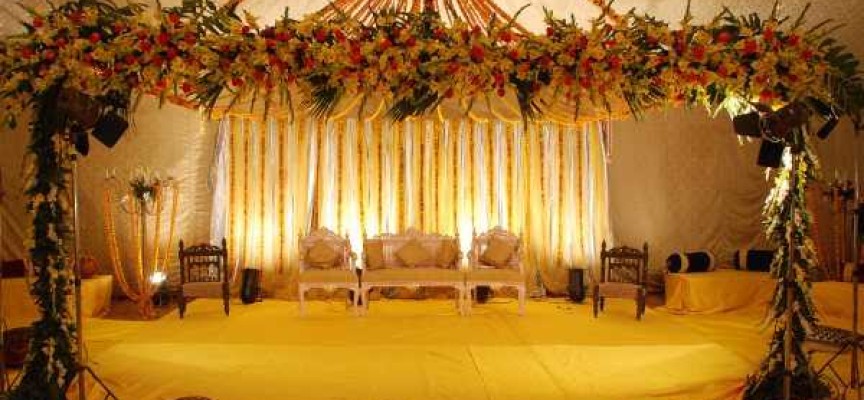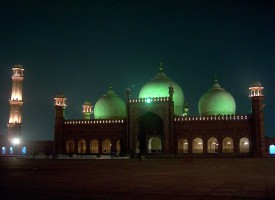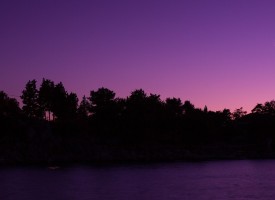A wedding in Pakistan is surely the single most celebrated occasion in the lives of its citizens. The actual events may only last around 3 to 4 days most of the time but the preparations happen to start many months well in advance; and even years in the case of some zealous folks!
Worries of preparing dances and perfecting the coordination, selecting the most appropriate color combinations, deciding the wedding themes, gathering the mandatory and has-to-be-perfect trousseau and rehearsing the medleys half a dozen times (and then maybe a little more!) then dominant most of the waking hours of the previously mundane day to day lives of those who happen to be close to the bride and groom. Or well, in the traditional Pakistani extended family culture, of the people who even remotely know them!
The engagement usually takes place sometime before the wedding and could even be preceded by a Dua-e-khair. This usually comprises ring exchanges and a cake cutting or feast.
Women-only Dholki nights consisting of dances and general merriment on both the sides lead up to the actual wedding. The real festivities begin with the Rasm-e-Hina or Mehndi which happens to be the most fun part of the whole affair. Colorful thals are filled with henna to stick lit candles in and are used to welcome in the bride. The bride is usually seen with minimal make up and embellishment and has, as a ritual, dollops of henna applied to her hands (which are protected from the color by palm leaves or a piece of cloth). The traditional colors for the event are green and yellow and dance showdowns are the main characteristic of this night.
On the Baraat, the groom is adorned with flower garlands and given gifts of cash. The wedding entourage that accompanies the man arrives at the decided venue with much enthusiasm as fireworks, firecrackers, shenai (flute) and drums are customary on the occasion and preferred by many families.
The Nikkah i.e. the signing of the marriage contract can occur in advance or on the day of the baraat after the groom’s side arrives. The imam asks both the groom and bride separately if they accept the marriage. This has to happen in the presence of two witnesses. After this, the groom’s side distributes the bidh to the wedding guests which often comprise small offerings of sweets. Some playful events may also commence consisting of the groom having to pay the girls on the bride’s side to be allowed to sit down or drink milk as part of a ritual. He may also have his shoes stolen and hidden and have to give presents to get them back.
The rukhsati marks the end of the night. A Quran may be held over the bride’s head as she leaves which is meant to symbolize God’s blessings bestowed upon her. There is much crying at this point on her side of the family as she is led to her new home, usually in an overly decorated ride.
A Walima is then organized by the groom’s side as a public declaration of the marriage and their happiness. This is a simpler affair and marks the end of the wedding events.
With crazy amounts doled out that in most of the cases exceed the host’s earnings for a couple of years, weddings are ridiculously glittering affairs complete with extravagant décor, embellished outfits and amazing buffets. With the majority of the population getting married only once in their lifetime, Pakistanis sure know how to celebrate a wedding!







No comments!
There are no comments yet, but you can be first to comment this article.